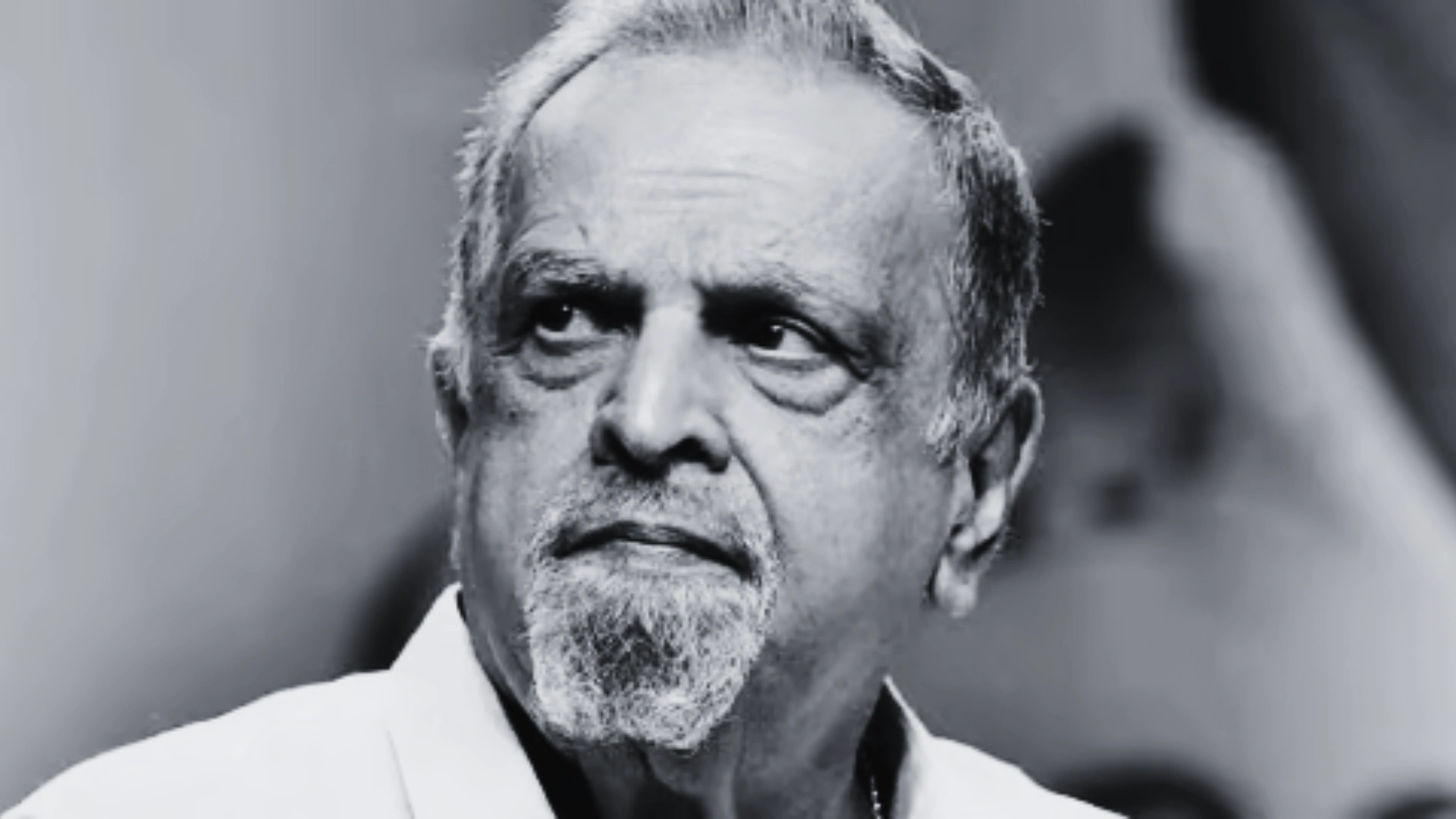Āṛjuna, the main character of the Mahābhārata and the receiver of the Śrīmad-Bhāgavatam‘s wisdom, represents a warrior in the deepest sense. His story shows not just a soldier’s path but someone searching for answers about duty, the right and wrong, and understanding himself. This story, told in the Śrīmad-Bhāgavatam, goes beyond its historical roots and offers wisdom for dealing with both inner and outer struggles.
As the Śrīmad-Bhāgavatam begins, Āṛjuna finds himself paralyzed by a profound moral dilemma. Standing in the battlefield of Kurukṣetra, he is torn between his duty as a warrior and his love for his family, many of whom stand on the opposite side. Overcome with doubt, sorrow, and a sense of helplessness, Āṛjuna refuses to fight. Āṛjuna’s inner turmoil finds a poignant voice in verse 2:7
Kārpaṇya-doṣopahata-svabhāvaṁ
Pṛchhāmi tvāṁ dharma-sammūḍha-cetāṁ
“My heart is heavy with sorrow, and I don’t know what to do. Please give me clear guidance. I am your student, and I need your help.”
Here, Āṛjuna surrenders his pride and seeks wisdom, acknowledging his confusion and turning to Kṛṣṇā for clarity and direction. This moment sets the stage for the profound teachings of the Śrīmad-Bhāgavatam
Āṛjuna‘s hesitation shows how humans often struggle between their emotions and their responsibilities. His fear shows the first challenge every warrior faces—dealing with their own doubts and fears.
As Āṛjuna’s divine guide and chariot driver, Kṛṣṇā teaches him about doing what’s right (Dhārma:) and acting selflessly (Karm–yoga) to help him find his courage and determination. This has appeared in the Śrīmad-Bhāgavatam, chapter 2, verse 31.
swa-dharmam api chāvekṣhya na vikampitum arhasi
dharmyāddhi yuddhāch chhreyo ’nyat kṣhatriyasya na vidyate
The verse translates to ‘duty should be performed without hesitation.’ It emphasizes the importance of acting according to your true nature and role in society. For Āṛjuna, this means fulfilling his duty as a warrior to uphold justice, even if it requires personal sacrifices. This represents the second step of the warrior archetype: taking on responsibility with clarity and purpose.
Āṛjuna‘s journey shows a personal struggle with ignorance, pride, and emotional attachments that goes deeper than just fighting in battle. Kṛṣṇā teaches that we must act without being attached to results, staying balanced whether we succeed or fail. This balanced approach is what true Yogā means:
yoga-sthaḥ kuru karmāṇi
sańgaḿ tyaktvā dhanañjaya
siddhy-asiddhyoḥ samo bhūtvā
samatvaḿ yoga ucyate
The sacred text of Śrīmad–Bhāgavatam emphasizes the value of action. The teachings state that work should be performed without any attachment to its outcome. This message shows that a true warrior acts with awareness and without selfish motives, fighting for what’s right rather than personal benefit. Āṛjuna‘s growth comes from moving beyond self-interest to serve a higher purpose.
uddhared ātmanātmānaṁ nātmānam avasādayet
ātmaiva hyātmano bandhur ātmaiva ripur ātmanaḥ
The verse siginifies that you can be your own friend or your own enemy. It’s about the inner battle to control your ego, fears, and doubts. The story of Āṛjuna teaches that the real victory is not about winning battles in the outer world but about mastering yourself.
Āṛjuna’s archetype has become particularly relevant in contemporary ages for anyone who is grappling with professional, ethical, or existential challenges. This archetype is reflected in leaders, activists, and ordinary people who confront difficulties with courage, integrity, and a dedication to higher ideals. Additionally, the warrior archetype has had a great significance and role to play in understanding psychology. Carl Jung identified archetypes as universal symbols, which, when studied deeply, resonate with Āṛjuna’s journey. The warrior epitomizes the struggle to overcome obstacles while balancing assertiveness with compassion. For contemporary audiences, this archetype serves as a reminder that true strength is rooted in self-mastery and staying true to one’s values.




















